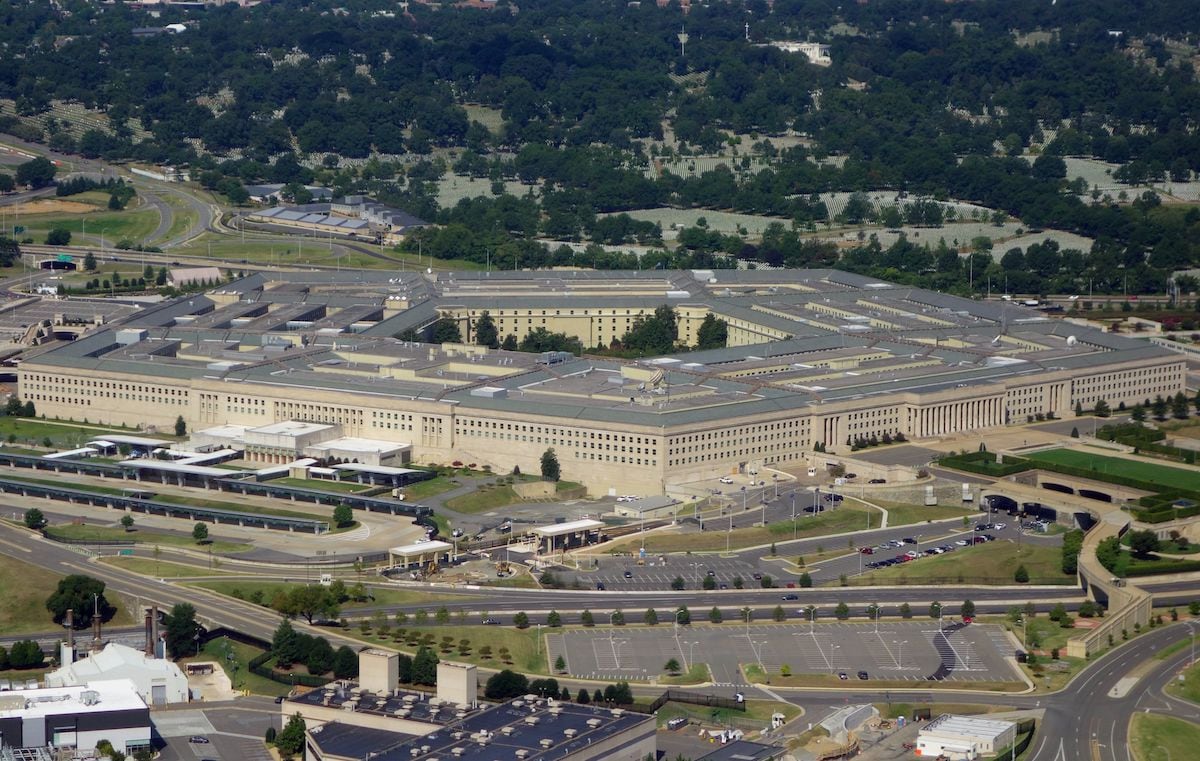In its first formal cyber strategy document in three years, the Department of Defense said it would focus its cyber efforts on China and Russia and use the Pentagon’s cyber capabilities to collect intelligence as well as to prepare for future conflicts.
According to an unclassified summary and fact sheet released Sept. 18, the documents lay out a vision for addressing cyber threats and addresses the priorities of the department’s National Security Strategy and National Defense Strategy, which focused on a new era of strategic great power competition.
“The United States cannot afford inaction,” the summary reads. It notes that China and Russia are conducting persistent campaigns in cyberspace that pose long term risk. The documents also say that China is eroding the U.S. military’s ability to overmatch opponents and that Russia is using cyber-enabled information operations to influence the U.S. population and challenge democratic processes.
The DoD’s strategy comes on the heels of other major movements in cyberspace from the department. These include the elevation of U.S. Cyber Command to a full unified combatant command — which affords new and exquisite authorities — the full staffing of Cyber Command’s cyber teams, an update to DoD’s cyber doctrine and new authorities delegating certain responsibilities from the president to DoD to conduct cyber operations abroad.
The summary’s lists five objectives for DoD’s cyberspace strategy:
- Ensuring the joint force can achieve its missions in a contested cyberspace environment;
- Strengthening the joint force by conducting cyberspace operations that enhance U.S. military advantages;
- Defending U.S. critical infrastructure from malicious cyber activity that alone, or as part of a campaign, could cause a significant cyber incident;
- Securing DoD information and systems against malicious cyber activity, including DoD information on non-DoD-owned networks; and
- Expanding DoD cyber cooperation with interagency, industry, and international partners.
The strategy also describes the need to remain consistently engaged with this persistent adversary and to “defend forward” as a means of disrupting or halting malicious cyber activity at its source, including activity that falls below the level of armed conflict.
While academics have criticized the U.S. response to Russian election interference, the strategy notes that the United States tends to view conflicts through the binary lens of war or peace while competitors such as Russia see themselves constantly engaged in a state of war. U.S. Cyber Command’s new leader is taking a different tact.
“We’ve got to act forward outside of our boundaries, something that we do very, very well at Cyber Command in terms of getting into our adversary’s networks. That’s this idea of persistent engagement, the idea that the adversary never rests, so why would we ever rest,” Gen. Paul Nakasone said during an August dinner hosted by the Intelligence and National Security Alliance.
Nakasone also has described the notion of defending forward as enabling forces to act outside the boundaries of the U.S. to understand what adversaries are doing in order to better defend against them.
Mark Pomerleau is a reporter for C4ISRNET, covering information warfare and cyberspace.







